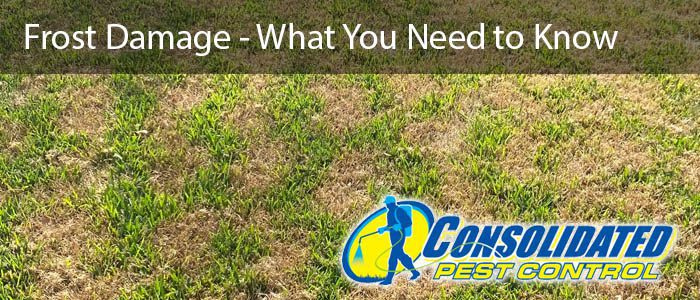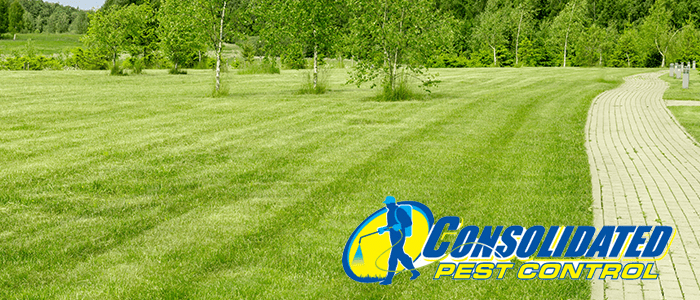What is an earwig?
Earwigs are about an inch long and brown in color, have a narrow body with two antennae attached to its head and two pincers attached to the lower part of the appendage. The pincers ward off predator earwigs and other predator insects. If you pick up an earwig it is possible to acquire what will feel like a bite but more than likely was caused from the pincers. Earwigs have 6 legs and three body segments, which categorize them as an insect. Earwigs are omnivorous and munch on vegetation and other insects. Earwigs have a pair of wings but not very many are found using them for flight. There is a myth that earwigs will crawl into the ear canal, seeking a warm, moist environment in which to lay its eggs. This is an unfounded superstition without any scientific evidence. Sometimes an earwig is mistaken for a cockroach. Both seek a moist, dark environment in which to live. Both earwigs and cockroaches are fast insects. If you’ve ever discovered an earwig or cockroach harbourage, you will recall how quickly they scurry away. But that is where the similarity ends.
Where are earwigs found?
Earwigs love a cool, dark, and moist environment. You’ll find them thriving under flower pots, logs, moist mulch, dead leaves, and hiding under cardboard boxes, especially those that have been in storage for years. Other likely hiding places are cracks and crevices in sidewalks, stone paths, and under other types of pathways. Earwigs are mostly active during the night, when you’re asleep. They eat and eventually destroy all types of vegetation. Earwigs may find their way into your home to seek food or shelter because of a change in the weather.
What can you do to help eliminate earwigs?
- Eliminate hiding places
- Move decorative stones, stacks of firewood, logs, and other forms of dead vegetation away from the foundation of your home or business
- Create a harbourage free perimeter of 6-12 feet around your home or business by removing mulch, dead leaves, and other organic material
- Trim or remove trees and shrubs that promote a damp and shady area
- Inspect rain gutters and remove all debris and standing water
- Ensure downspouts are directing water away from your structure
- Time the irrigation to water in the morning, allowing the area to dry as the day moves on
- Change any white light to yellow light. The change in lighting will vastly improve any insect problem you have as many insects flee to white light
Many over the counter, do it yourself pest control methods are available today, but if you want to triumph over this incredibly annoying and destructive insect or any other pest problem, contact us at Consolidated Pest Control before you have an infestation that you can’t control.








